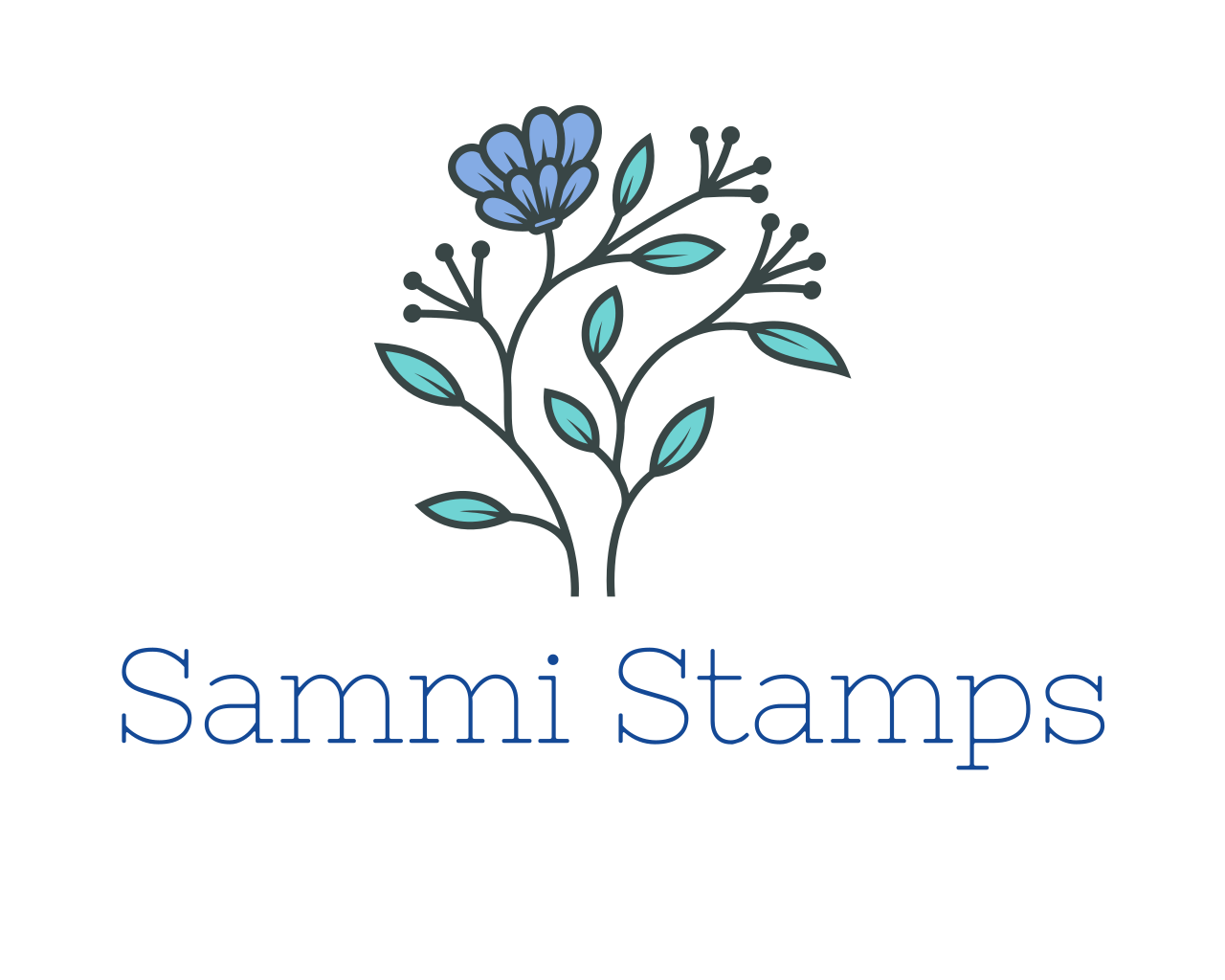I made it! I completed my final class required for the Altenew Educator Certification Program (AECP). All I have left is my final project!
My final course was Botanical Illustration Inspired Watercolor taught by the ever-amazing Jaycee Gaspar. I saved this course for last because watercolor is a skill I have the greatest difficulty with, but this class was really wonderful in providing guidance to a beginner watercolorist who is at least familiar with the materials. Tips I applied from this course include:
- Preparing my paper before starting my project.
- Using reference photos from Google before beginning my work.
- Swatching all of my colors before painting to ensure I have a photo-realistic palette.
- Taking my time and working in layers from light to dark.

To start my work, I first cut a piece of Arches Cold Press watercolor paper into a piece measuring 5″ x 7.” Following the guidance from the course, I soaked my paper in cool water for five minutes. I then removed the paper from the water, patted it dry, taped it down to a craft board using heavy duty masking tape, before setting it aside to let it dry for several hours. Properly preparing your paper prevents warping when you start your work.
Pro Tip: Make sure to leave enough paper allowance at the edges so you can cut that portion away with a paper trimmer once you remove the tape. The tape will easily shred a quality cotton paper.

Once my paper was fully dry, I selected the Paint A Flower Iris Outline Stamp and stamped my image using a light gray dye ink. Next I grabbed clean water, paper towels, paint brushes, extra watercolor paper for swatching, and my Altenew Watercolor 36 Pan Set. Since this card was to be a detailed botanical illustration, I used a #2 and #1 round brush for my main images.
I used a ceramic dinner plate as my paint palette and combined colors to achieve the look I wanted from reference photos found via a Google search. The majority of the purples were made using various combinations of Caribbean Sky, Deep Iris, Lavender Fields, and Persian Blue. For the yellow centers, I combined Fresh Lemon, Citrus Burst, and either Warm Sunshine or Bamboo, depending on the location on the flower. Once I completed all of the petals, I moved onto my leaves and stems.

To achieve the colors I was looking for on my stems and leaves, I primarily used colors made by mixing Forest Glades and Evergreen with Mountain Mist and Ocean waves. Since the leaves have a lot of variation in color, with browns reflecting in the areas closest to the flower petals, I also added touches of my yellow mix along with pinks from Cotton Candy.
Once my floral image was complete, I needed to turn the image into a card design. I cut a circle stencil out of masking paper, and applied the mask to my dried image. Next, I created a wash by using the remaining purples on my palette and adding in Industrial gray. I loosely washed the negative space inside my circle, adding in more gray where there would be shadows from the petals. Once everything was completely dry. I removed my mask and added in a few highlights and shadows with Prismacolor pencils in White and 70% French Gray. I also used a black pencil to further deepen some of my shadows.

To finish everything off, I next masked my main floral image and added some splatter in Rhodolite from the Metallic Watercolor 14 Pan Set along with a birthday sentiment selected from the In the Woodland Stamp Set. I then cut down my image and matted it in a black card stock before adhering it to an A2 card base.
I am really proud of the detail I achieved with this card. Watercolor is not a medium I have much experience with and, while not perfect, good enough to try again sometime!
Thank you for checking it out!


This is AMAZEBALLS! Just love this.